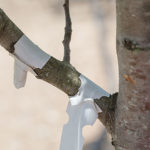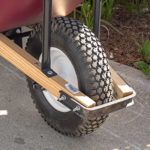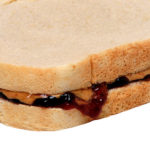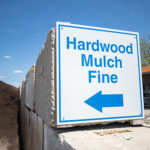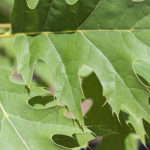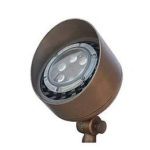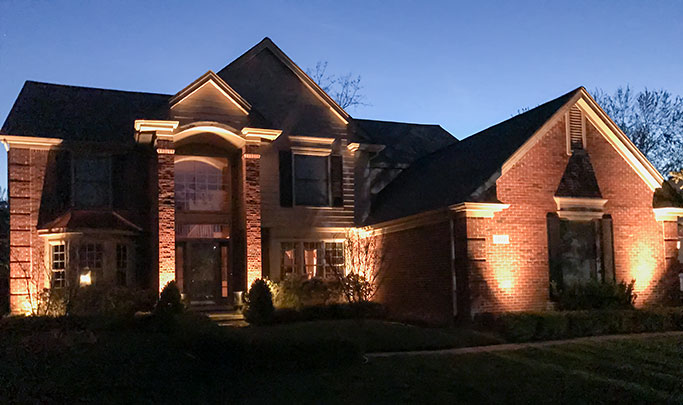On my commute to work I pass a recently landscaped site that has a lot of plants still sporting their plastic tags.
I say "recent" but I really mean SEVERAL MONTHS. Seeing those tags flapping in the wind really detracted from a very nice landscape job!
Nursery growers and re-wholesalers put tags on plants for identification, not for decoration. I can see leaving the tag on for a few days on a residential job so the homeowner knows what was planted. But you probably gave them a landscape plan with everything identified on it, making those bright plastic tags unnecessary. On some commercial jobs I’ve seen tags left on for years, until they weathered off. It's not a good look.
Not only does the tag look bad, it is unhealthy for the plant. Plastic tags can girdle branches on trees, and large portions of smaller shrubs. I have personally removed tags that have become embedded in the bark as the plant grew. It does take a few extra minutes, but having your crew take those tags off will make your install look as professional as it should. Have them do this as the parting site-cleanup as they remove scraps of burlap, lengths of tagging ribbon, and snarls of tying twine. You want your client - and all his friends and neighbors - to admire your work without distraction.

